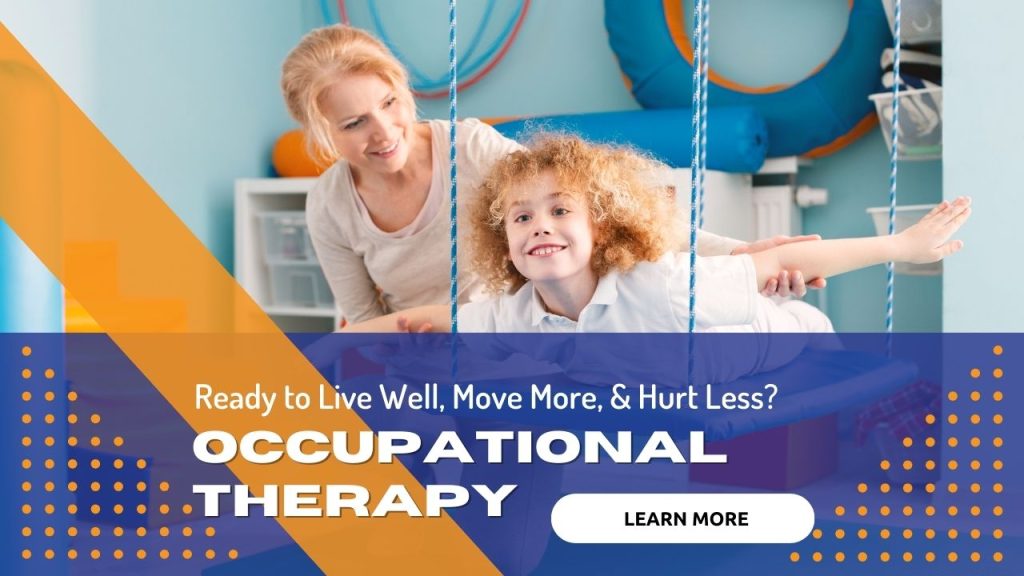Angelman Syndrome
What is Angelman Syndrome?
Angelman syndrome is a genetic disorder that mainly affects the nervous system. It causes developmental disabilities and neurological problems. Characteristics of this condition include delayed development, intellectual disability, severe speech impairment, and problems with movement and balance (Ataxia). Most affected children also have recurrent seizures (Epilepsy) and a small head size (microcephaly), with flatness on the back of the head. Angelman syndrome affects an estimated 1 in 12,000 to 20,000 people. Most cases of Angelman syndrome are not inherited, particularly those caused by a deletion in the maternal (chromosome 15), or by (paternal uniparental disomy). These genetic changes occur as random events during the formation of reproductive cells (Eggs and sperm) or in early embryonic development. Affected people typically have no history of the disorder in their family. Normally, only the maternal copy of the UBE3A gene is active in the brain. Most cases of Angelman syndrome occur when part of the maternal copy is missing or damaged. In a few cases, Angelman syndrome is caused when two paternal copies of the gene are inherited, instead of one from each parent.
How is Angelman Syndrome Diagnosed?
Diagnosis is based on symptoms and possibly genetic testing. Most babies with Angelman syndrome don’t show signs or symptoms at birth. The first signs of Angelman syndrome are usually developmental delays, such as lack of crawling or babbling, between 6 and 12 months. Seizures often begin when a child is between 2 and 3 years old. Developmental delays, such as the lack of crawling or babbling, and intellectual disability, speech impairment, lack or minimal use of words, inability to walk, move or balance well (Ataxia), behavioral uniqueness, short attention span are all a part of this syndrome. Children with Angelman syndrome typically have a happy, excitable demeanor with frequent smiling, laughter, and hand-flapping movements. Hyperactivity, a short attention span, and a fascination with water are also common. Most affected children have difficulty sleeping and need less sleep than usual. With age, people with Angelman syndrome become less excitable, and the sleeping problems tend to improve. However, affected individuals continue to have intellectual disability, severe speech impairment, and seizures throughout their lives. Adults with Angelman syndrome have distinctive facial features that may be described as “coarse.” Other common features include unusually fair skin with light-colored hair and an abnormal side-to-side curvature of the spine (Scoliosis). The life expectancy of people with this condition appears to be nearly normal.
How can a Therapist Help with Angelman Syndrome?
Like mentioned above these are some of the main complications associated with Angelman Syndrome. Anyone who has Angelman Syndrome can benefit from a variety of therapies such as Speech Therapy, Occupational Therapy and Physical Therapy.
- Feeding difficulties- Difficulty in coordinating sucking and swallowing may cause feeding problems in infants. Your pediatrician may recommend a high-calorie formula to help your baby gain weight. Occupational therapy and Speech Therapy can work together to help with this. Speech Therapy can work on improving your oral motor muscles in order to improve sucking and swallowing. Occupational Therapy can look at various pieces of feeding equipment that best fit ones needs at the time.
- Hyperactivity- Children with Angelman syndrome often move quickly from one activity to another, have a short attention span, and keep their hands or a toy in their mouths. Hyperactivity often decreases with age, and medication usually isn’t necessary. Occupational therapy can work on this and come up with strategies that best fit the individual to help decrease the hyperactivity and provide certain activities that help fulfill ones sensory needs.
- Sleep disorders- People with Angelman syndrome often have abnormal sleep-wake patterns and may require less sleep than most people. Sleep difficulties may improve with age. Medication and behavior therapy may help control sleep disorders. Occupational Therapy can help with the behavior therapy and work on creating a sleep schedule/routine that works best for the individual.
- Curvature of the spine (Scoliosis) – Some people with Angelman syndrome develop an abnormal side-to-side spinal curvature over time. Both Physical Therapy and Occupational Therapy can address this by providing stretching and exercising techniques as well as posture control in various situations to help improve the scoliosis and to further prevent more curvature.



